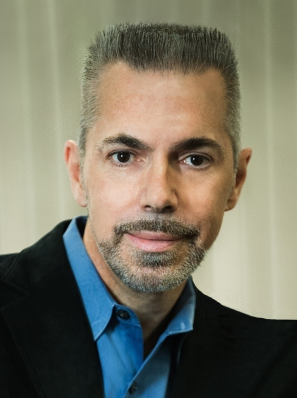Scientists Create Stem-Cell Line
January 11, 2008, Wall Street Journal
By Gautam Naik
Scientists have created fresh human stem-cell lines without destroying the embryos from which they were derived, the latest in a series of experiments aimed at overcoming ethical concerns that have long hobbled such research.
Using the new technique, scientists extracted a single cell from an eight-cell human embryo, then coaxed that cell to become a master stem-cell line. That line was then manipulated in the lab and became various other tissue types found in the body such as nerve cells. The hope of stem-cell science is that such freshly derived tissue could one day be transplanted into patients to treat diseases.
Researchers are desperate for access to new stem-cell lines. Since mid-2001, the Bush administration has decreed that federal funds may be used for research using only 60 or so stem-cell lines already obtained from human embryos. However, these lines are old, and some are starting to develop genetic abnormalities. The latest approach may help boost the number of available stem-cell lines.
“Ours is a working technology, and we could supply these [fresh] stem-cell lines to federal researchers immediately,” said Robert Lanza, senior author of the study, which appears in the journal Cell Stem Cell. Dr. Lanza is chief scientific officer at Advanced Cell Technology Inc. of Los Angeles, and a professor at Wake Forest University School of Medicine in Winston-Salem, N.C.
It is far from certain, however, that Dr. Lanza’s approach will be eligible for federal backing. The main reason: Although there is substantial evidence that an embryo that has had one cell removed is just as healthy as one that is allowed to develop without interference, it is hard to say for certain.
The new technique is partly based on a common test done in fertility clinics, known as pre-implantation genetic diagnosis. Under this approach, one cell is removed for genetic testing once the embryo has reached the eight-cell stage. The process appears to leave the embryo intact. Embryos that have been subjected to the procedure and then implanted in the womb have yielded apparently healthy babies, based on established scientific and medical measures.
The latest experiment builds on previous studies by Dr. Lanza and his colleagues. In
August 2006, his team reported that it had plucked single cells from human embryos and used them to generate stem-cell lines. Although the experiment established “proof-of-principle,” it was woefully inefficient: Only 2% of the plucked cells yielded stem-cell lines. But in the Cell Stem Cell paper, Dr. Lanza and his colleagues say they have tweaked the approach so that at least 20% yielded stem-cell lines, and further improvements took the efficiency as high as 50%.
Write to Gautam Naik at gautam.naik@wsj.com
Note: This article can be viewed in its original format here
To download this article as a PDF, please click here.













